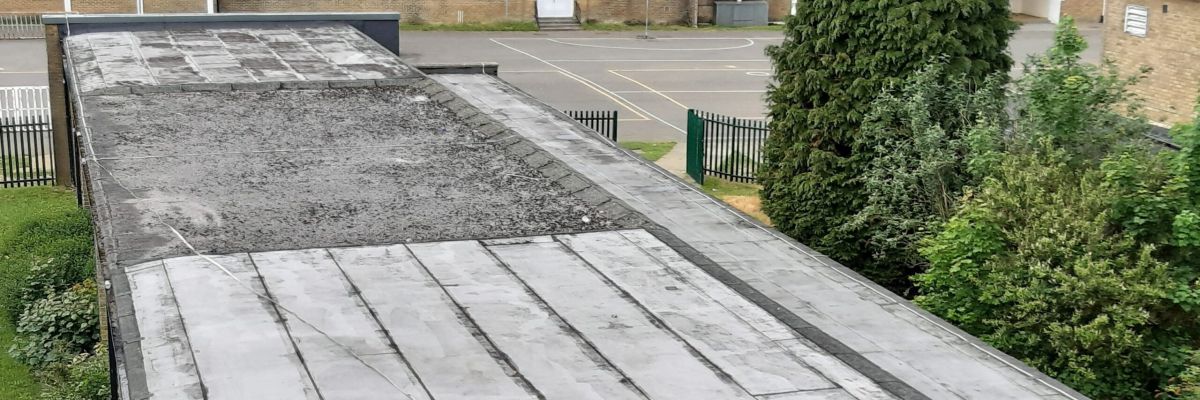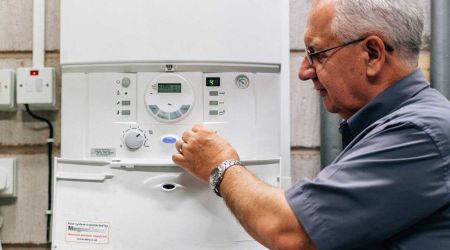Reinforced Autoclaved Aerated Concrete

Reinforced Autoclaved Aerated Concrete or RAAC for short wasn't really something many of us would have been thinking about until recent press reports showed Schools crumbling as a result of it. It has since been found in other buildings. What is it, where is it? And what is the concern with it? All questions I will cover.
What is RAAC?
It is a lightweight type of concrete. It is formed into panels or planks with steel frames or bars set in it to provide reinforcement of the panel and improve the load-bearing limit on it. Unlike other types of concrete, it contains no aggregate which is small hard pieces of gravel mixed in with the concrete to give added strength.
What was it used for and in what buildings?
The panels were most often used in flat roofs but also floors and walls. It is now believed to be common in many buildings but most commonly in schools, hospitals, and public buildings.
It has now been discovered in other buildings such as courts, theatres, public toilets, and others. More building types will no doubt emerge as investigations continue.
Although it can be found in residential buildings it is believed to be limited. So far it is known to be in plant rooms on top of buildings and in some walls mainly in blocks of flats. It was not used to build individual homes.
When was it used?
It was a building material used between 1955 and 1995 or thereabouts. The records were not great which means in many cases the only way to find it is to go and look.
Why is RAAC a concern?
It has been confirmed that RAAC is simply not as durable as standard concrete used in similar panels. The lifespan of RAAC panels is suggested to be around 30 years. That means for buildings that were built in the mid-90s when they stopped being used, those panels are at their end of life never mind those used prior to that.
They can of course last much longer than 30 years if the building is well maintained. Unfortunately, they don't last quite as well should they be damaged by water ingress causing corrosion of the reinforcement, were not correctly formed when made, or even not installed properly.
RAAC panels can fail suddenly which has caused major concern especially given the number of schools affected.
Lending
Now that it has been identified as an issue it will impact lending against any property that has RAAC used in it's construction. Valuers are now looking for it and will call it out. Lenders won't be keen to lend without understanding the cost to rectify any damage or replace the panels.
Schools
RAAC was brought to public attention due to it being found in schools. A total of 174 Schools in England and Wales have been identified as having RAAC panels used in their construction. Around 1/2 of local authorities in Scotland have identified RAAC in their Schools. Many across the country have all been closed pending investigation. In addition, 28 NHS properties have also been identified.
Work is ongoing to understand the issues and work required to correct any issues.
Lee Wisener, CeMAP, CeRER, CeFAP
Having worked in the mortgage industry for over 20 years I have always wanted to build a website dedicated to the subject. Also being a geek when it comes to the internet all I needed was time and I could both build the site from scratch and fill it with content. This is it!

<< Newer Post
Inflation drops to 6.7%Older Post >>
Rishi Sunak Amends Net Zero Plans